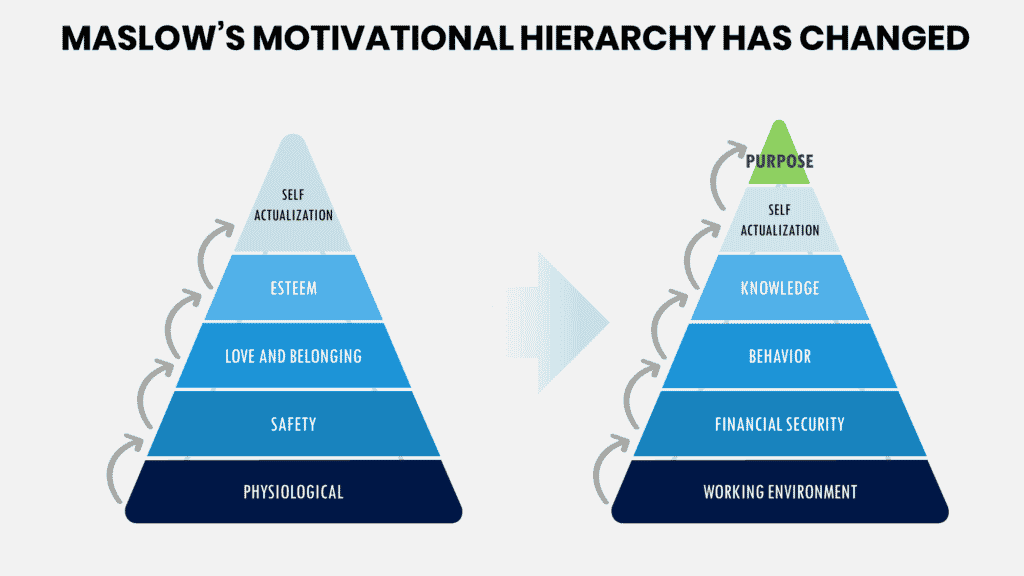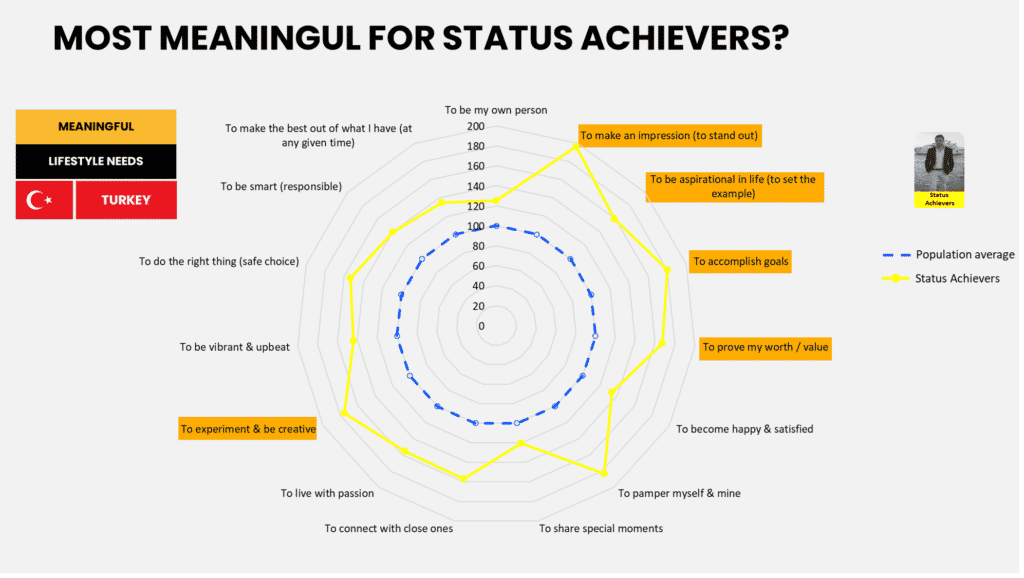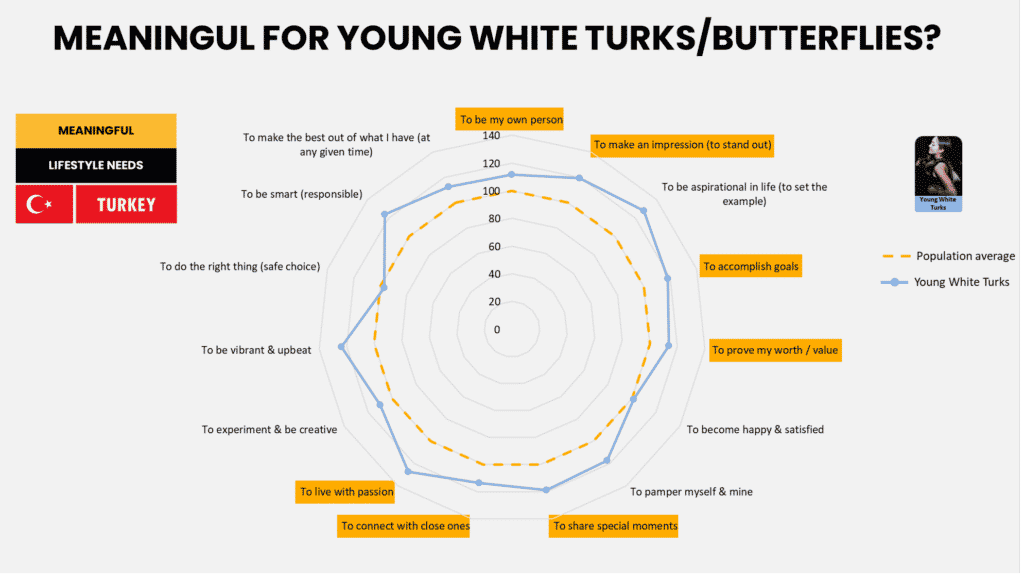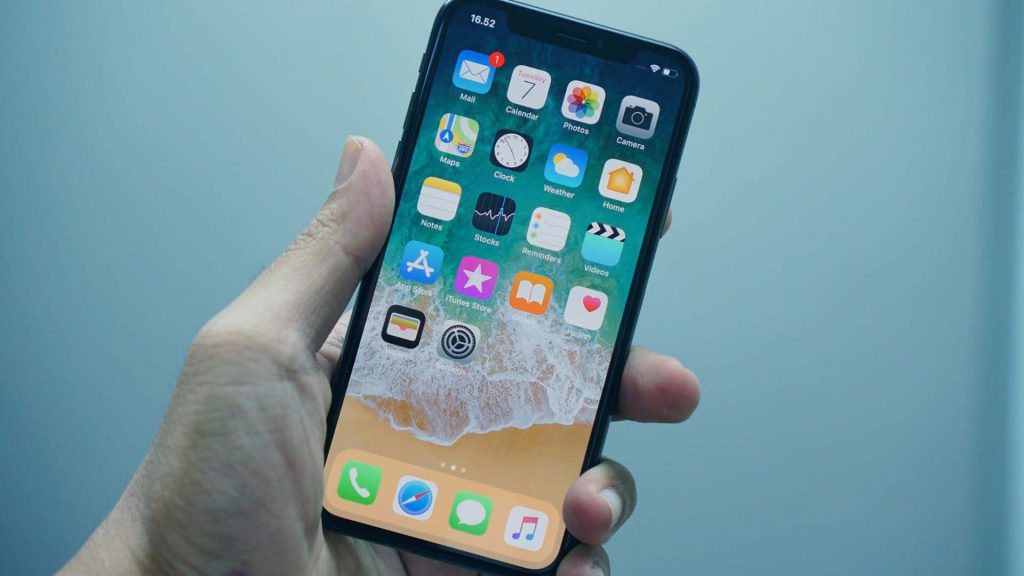COVID changed many things in our lives – some of them permanently. One of those changes is the relationship between the employee and the company. Increasingly we hear new employee prospects asking how much they can work remotely. Every day has become a casual Friday because we have gotten used to working in comfortable clothes all the time. It’s debatable whether these changes will increase or decrease overall productivity, but less debatable is that it is harder to attract and retain high-performing people. In short, it’s a buyers’ market and we, as the company management, need to do a better job selling the benefits of working for our company and on our brands (employee branding) to potential employees (the buyers).
Linking functional and emotional benefits
Just like in regular brand marketing we need to link functional and emotional benefits to have a successful brand. Eighty years ago, Maslow published his famous theory based on a motivational hierarchy. Times have changed and sociologists advising HR directors are emphasizing that sense of purpose has moved ahead of self-actualization – whatever that was.

Why do you think Bill Gates gave up one of the best CEO jobs in the world, as well as his position as the world’s richest man, to fund a foundation committed to eradicating diseases in developing countries instead of becoming a monk on a mountain top in Tibet trying to figure out the meaning of life? He needed a sense of purpose. It’s what has always driven him, most highly successful people.
Why are graduates of top business schools no longer fighting to get into Goldman Sachs as they did ten years ago, but would rather work for Apple where Steve Job’s mantra of ‘putting a ding in the universe’ lives on, or work for Elon Musk at Tesla who seemingly wants to change everything and make it better? Social responsibility isn’t just about winning over customers by showing that you are doing the right thing, your employees also want to be proud that they work for your company.
Even JTI (Japanese Tobacco International), arguably a very difficult company to convince yourself to work for, is doing the best they can to develop products that don’t contain nicotine to eliminate the negative purpose of feeling like you’re marketing products that are addictive and can kill people. They are also adding something on the plus side of sense of purpose by working very hard to improve the quality of life and the earnings of the tobacco farmers in developing counties. I’m still not sure I would want to work there, but they get it and are doing what they can. Are you? Is your company’s purpose clear and motivating beyond just the economic value you provide stakeholders?
Jim Collins, the author of From Good to Great: Why Some Companies Make the Leap and Others Don’t, wrote about ‘getting the right people on the bus in the right seats’. Just as we target our customers to match their needs with our product benefits, we can and should align the benefits and expectations of working with our company with the needs and motivations of the people we want to work there.
When Garrison Group was working with IKEA a few years back, we didn’t talk call it HR, we called it ‘central casting’. We weren’t just looking for people with retail experience, we wanted people who truly loved interior design. We also wanted people who valued relationships so they would grow together over a very long time. Most of the people I worked with at IKEA had spent their whole careers there. They loved their work; they were very interested in interior design and passionate about inspiring people to improve the quality of their home and office environment. Your company has a unique mission and role – its purpose. Whatever it is, find the people who are as passionate about doing what you do as you are.
Looking more broadly at overall employee motivations, we used our Turkish behavioral segmentation based on psychographics and what they do to determine which segments of the working population are both team and goal-oriented because we not only wanted people who were ambitious and wanted to succeed, we also wanted to identify people who do so with a teamwork mentality and attitude.

As you can see, if you’re looking to hire a fresh graduate who cares about these two values to work in your company, you’d have two top segments to recruit from – Young White Turks and Status Achievers. For marketing specifically, I would probably also add a third value: curiosity. Looking deeper into each segment to determine what they care about, we can use these insights to drive a brand positioning tool we use for brands called a Motivational Hierarchy. Here is what motivates Status Achievers which skews about 60% male and 40% female and is the most competitive of all the behavioral segments in Turkey.

As a result of this understanding, we could construct a brand positioning for potential employees that could effectively look similar to the one below:

Particularly important in this Motivational Hierarchy we use for brand positioning is that we recognize that strong brands, like people, are multidimensional so we typically incorporate three motivational pillars. We also add a need state as a driver that represents the functional benefits of what they want from work, while tension points are emotional drivers and are more closely related to their particular lifestyle and value. Both matter. Functional benefits mostly frame the cost of entry benefits while the tension points and emotional factors drive the differentiating benefits. Remember the marketing maxim – people buy for emotional reasons and look for rational/functional reasons to support an emotional decision. Consequently, the top of your brand’s motivational experience is the crucial emotional experience inclusive of all three pillars.
Let’s say your business is more appropriate for women, or you just like the vitality that Young White Turks (what we often call Social Butterflies in other markets)bring to everything and the improved impact that has on teamwork. Here is what is most meaningful to them.

Once again, as a result of knowing what matters most to them, we can construct a brand positioning for Young White Turks/Butterflies working for your company that could effectively look like this:

Just like a regular brand, the employee brand positioning is fundamentally a promise. There is no payout to recruit customers or employees with false promises. With regular brands, we are looking for frequency, loyalty, and advocacy. For employee branding, we are looking for productivity, retention, and advocacy.
Earlier in my career when I was running a business unit for Coca-Cola, we had market share issues as well as clear goals to increase volume and profits. But one metric that concerned me was that we had a 27% turnover rate in our marketing department when I came into the job. I needed motivated and passionate employees to reverse a share loss to Pepsi and I needed marketing innovation to broaden our portfolio and increase sales and profits. We did this by getting the right people on the bus and in the right seats using the tools I’ve described. As a result, we found it much easier to recruit top talent, and our turnover rate dropped from 27% to 4%, which is pretty good for a multinational marketing organization.
Marketing tools like segmentation, targeting and positioning are effective. Use them in your HR department to get the right people in the right seats on your bus. And get somewhere that matters!



